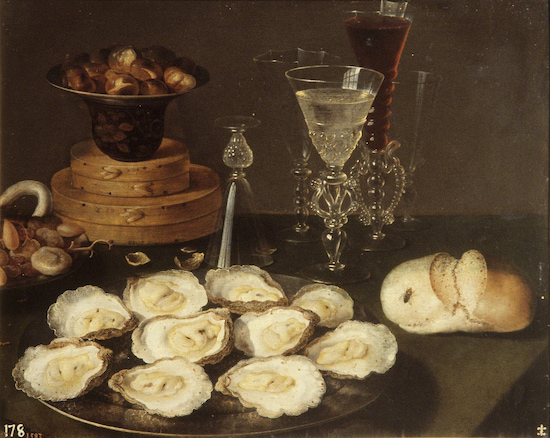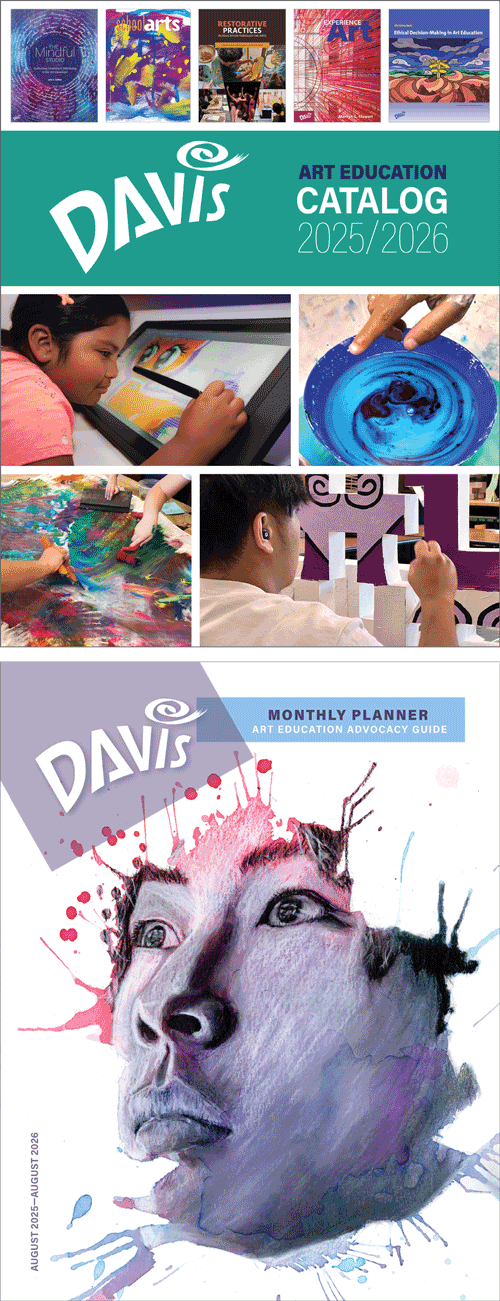National Oyster Day: Osias Beert, the Elder
Art historians consider Osias Beert possibly the first significant Baroque Flemish still life painter. The still life medium was just catching on in popularity during his period of activity, in both Flanders and the Netherlands. It was nurtured by the increasingly prosperous middle classes that desired art that reflected their everyday life rather than loft history or religious subjects.
National Oyster Day, 5 August: Art by Osias Beert, the Elder (ca. 1580–1624, Flanders)
Osias Beert the Elder was primarily a still life painter at the beginning of the Baroque period when still life became a popular painting subject.
 |
| Osias Beert, the Elder, Still Life with Oysters,. Oil on canvas, 48 x 54 cm. Museo del Prado, Madrid, © 2025 Dr Ron Wiedenhoeft/Saskia, Inc. (MFF-1933) |
Beert's works are composed of combinations of food, precious vessels and plates presented on a slanted surface in order to show the entirety of the elements. They are arranged on various planes in an archaic frontal, distributive presentation, with a careful execution of realism, right down to the fly on the loaf of bread. They are typically arranged on a dark, blank background with bright colors. The colors contrast with the darker values of the table to unify the composition. The artist's skill in realism is further emphasized by the reflections of his studio window in the elegant, expensive wine glasses, and the oysters' reflection on the pewter plate. In Baroque Flanders, oysters were not the sole province of the elite, but were a common food. Beert heightens their statement of wealth with the sumptuous vessels and pewter plate. Beert revisited this format frequently subtly modifying the types of foods and their arrangement across the table.
Baroque is a term used to define art of the period (ca. 1600–1750) in western Europe that followed the Renaissance (ca. 1400–1600). "Baroque", a term to describe the art of the 1600s and early 1700s, originally with negative connotations, was coined in the 1700s and derived from the Portuguese word for an irregular pearl barocco. During the Baroque period, a variety of stylistic trends co-existed, and often intermingled. The major trends were naturalism (bourgeois), classicism and drama. Flemish art of the Baroque period maintained the same ideals of naturalism and detail as Renaissance painting in the North.
Although still life as subject matter existed in painting of the ancient world, it was not a prominent subject matter in painting until after the Renaissance. Still life came into its own as stand-alone subject matter, originating in the meticulously detailed groups of worldly objects that served as symbols for religious ideas in Flemish Renaissance painting. The genre of still life became immensely popular in Flanders, just as it did in the Netherlands. Still life also grew in popularity because of the growing, better-educated middle class in the Low Countries that resulted from the booming textile trade. That fostered a new crop of art patrons. Middle class patrons preferred recognizable, everyday imagery to historical, allegorical, or religious subject.
Little is known about Osias Beert the Elder. He was probably born in Antwerp (now Belgium) and was a leading figure in Flemish still life painting. He may have been the pupil of Antwerp painter Andries van Baesrode (dates unknown) around 1596, and he became a master in the artists' guild there in 1602. He specialized in still life paintings of flowers, breakfasts, and fruit. Few of his works were signed, and he was also known to have been a cork merchant, and lived in the fishermen's quarter of Antwerp.

Comments